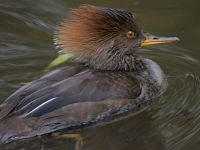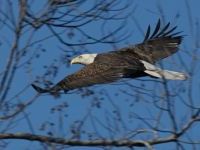 Today was Pittsburgh’s Christmas Bird Count, always held on the Saturday after Christmas. I counted birds from my attic window during dawn “rush hour,” then walked my neighborhood on a route I’ve done for the past few years. It was interesting to compare this year’s species and weather to the counts I’ve done in prior years.
Today was Pittsburgh’s Christmas Bird Count, always held on the Saturday after Christmas. I counted birds from my attic window during dawn “rush hour,” then walked my neighborhood on a route I’ve done for the past few years. It was interesting to compare this year’s species and weather to the counts I’ve done in prior years.
You might be wondering, what is a Christmas bird count and how can it be accurate?
The Christmas bird count began in 1900 when Frank Chapman of the newly formed Audubon Society decided that counting birds was a far better activity than the Christmas “side hunts” in which people killed as many birds as possible. Each Christmas Count is held within a 15-mile diameter circle and on a single day between December 14 and January 5. Volunteers organize their routes so they don’t overlap. They tally the number of birds seen per species and record the weather conditions, the number of participants, hours spent and miles traveled.
It’s impossible to be absolutely accurate counting large flocks or skulking birds, but over a span of 100+ years the counts are accurate enough to indicate trends in bird populations. The main thing is that we do the same thing at the same time every year and allow for changes in number of participants, hours spent, etc.
This year was different for me in a few significant ways. First, the weather was sunny and windy in the morning – it’s usually overcast. Then, a few of the bird feeder locations were missing or empty, so no birds there. On the other hand I found more birds than usual and it was an excellent day for raptors. I saw a pair of red-tailed hawks in courtship flight, counted three Coopers hawks and stopped by University of Pittsburgh to tally the resident peregrine pair.
And my absolute Best Bird was an adult bald eagle flying along the crest of the hill overlooking the Monongahela River. It can’t get much better than having a bald eagle in my city neighborhood. Wow.
(Chuck Tague took this picture in Florida but the eagle I saw looked much the same – just a little further away.)
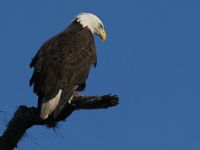 We saw more than a dozen bald eagles but it was hard to count in the misty air. Some perched on the power towers, some circled above the electric lines. There were more immature eagles than adults. The immatures are mottled brown like a huge hawk without the white head and tail until their fourth or fifth year. Chuck Tague’s picture shows an adult eagle in Florida (that’s why the sky is blue!).
We saw more than a dozen bald eagles but it was hard to count in the misty air. Some perched on the power towers, some circled above the electric lines. There were more immature eagles than adults. The immatures are mottled brown like a huge hawk without the white head and tail until their fourth or fifth year. Chuck Tague’s picture shows an adult eagle in Florida (that’s why the sky is blue!).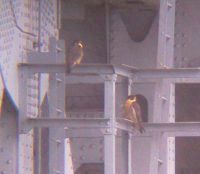 Last year two new nesting pairs of peregrine falcons were discovered at bridges in the Pittsburgh area, raising the total number of nests to four. This doubled our peregrine sites in just one year.
Last year two new nesting pairs of peregrine falcons were discovered at bridges in the Pittsburgh area, raising the total number of nests to four. This doubled our peregrine sites in just one year.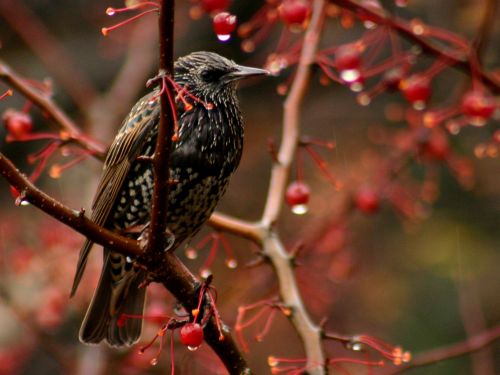
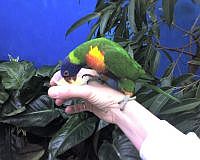
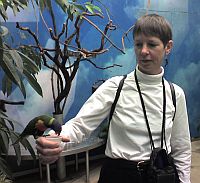 This morning I visited the
This morning I visited the  Here we are at the shortest day of the year – at last. Much as I like winter, it’s a relief to know the days will be getting longer again. Winter in Pittsburgh is usually overcast so we welcome all the sun we can get!
Here we are at the shortest day of the year – at last. Much as I like winter, it’s a relief to know the days will be getting longer again. Winter in Pittsburgh is usually overcast so we welcome all the sun we can get!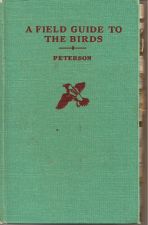 I tried to switch – and couldn’t.
I tried to switch – and couldn’t.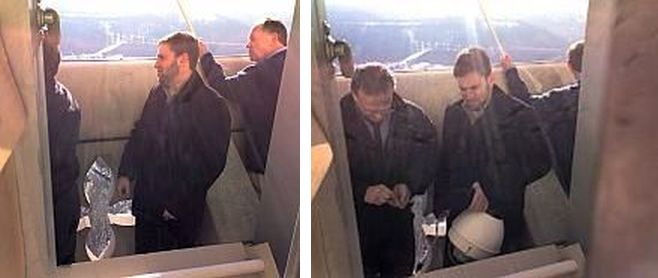
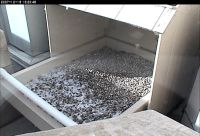
 Happy birthday, Beethoven!
Happy birthday, Beethoven!
